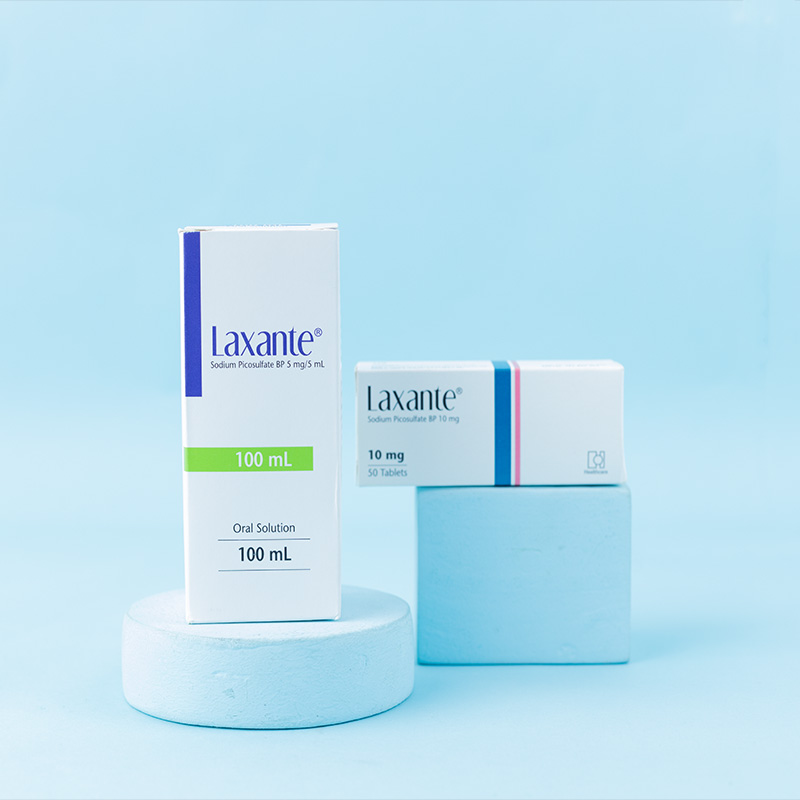Each 5 ml of solution contains Lactulose USP 3.35 gm.

The active ingredient, lactulose, is metabolized in the colon by saccharolytic bacteria, producing low molecular weight organic acids, mainly lactic acid and acetic acid. These acids lower the pH of the colonic contents and promote the retention of water through an osmotic effect, thereby increasing peristaltic activity. Lactulose is minimally absorbed; therefore, the kinetics of the absorbed material is not relevant to its principal therapeutic action.

Constipation
Hepatic encephalopathy (portal systemic encephalopathy); hepatic coma

Adults (including the elderly): Initially, 3 teaspoonfuls twice daily.
Children (5 to 10 years): 2 teaspoonfuls twice daily.
Children (under 5 years): 1 teaspoonful twice daily.
Babies (under 1 year): ½ teaspoonful twice daily.
All dosages should be adjusted to the individual's needs. Each dose may, if necessary, be taken with water, fruit juice, etc.
Hepatic Encephalopathy: Adults (including the elderly): Initially, 6–10 teaspoonfuls three times a day. Subsequently, adjust the dose to produce two or three soft stools per day.
Children: No dosage recommendations for this indication.

Lactulose solution should not be used in patients with gastrointestinal obstruction, galactosemia, or lactulose intolerance.

Prolonged use of lactulose in children may contribute to the development of dental caries. Patients should be advised to maintain proper dental hygiene.

Studies show that lactulose has no adverse effects. Decisions regarding use during pregnancy and lactation must be made by a registered physician.

During the first few days of treatment, meteorism and increased flatulence may occur. These symptoms usually disappear with continued therapy. Diarrhea may occur, especially when used in higher doses (e.g., during treatment of portal systemic encephalopathy). The dosage should be adjusted to obtain two or three formed stools per day.

Store in a cool, dry place below 30ºC. Do not freeze. Protect from light.
Medicine: Keep out of reach of children.



.jpg)
.jpg)
